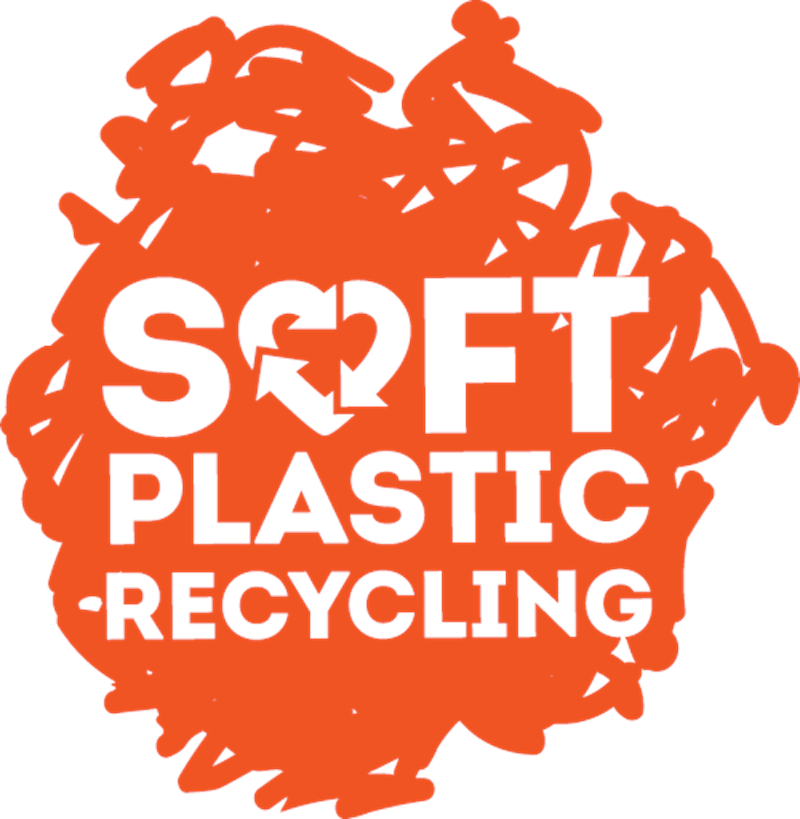Subscribe to HydroTerra News


Previous Editions
2025
2024
- December Newsletter
- November Newsletter
- October Newsletter
- September Newsletter
- August Newsletter
- July Newsletter
- June Newsletter
- May Newsletter
- April Newsletter
- March Newsletter
- February Newsletter
- January Newsletter
2023
- December Newsletter
- November Newsletter
- October Newsletter
- September Newsletter
- August Newsletter
- July Newsletter
- June Newsletter
- May Newsletter
- April Newsletter
- March Newsletter
- February Newsletter
- January Newsletter
2022
- December Newsletter
- November Newsletter
- October Newsletter
- September Newsletter
- August Newsletter
- July Newsletter
- June Newsletter
- May Newsletter
- April Newsletter
- March Newsletter
- February Newsletter
- January Newsletter
2021
- Technology News – December
- HydroTerra News – November
- Technology News – November
- Technology News – October
- HydroTerra News – October
- HydroTerra News – September
- Technology News – September
- HydroTerra News – August
- Technology News – August
- HydroTerra News – July
- Technology News – July
- HydroTerra News – June
- Technology News – June
- HydroTerra News – May
- Technology News – May
- HydroTerra News – April
- Technology News – March
- HydroTerra News – March
- Technology News – February
- HydroTerra News – February
2020
- Supplier Newsletter – December
- Supplier Newsletter – November
- General Newsletter – November
- Supplier Newsletter – October
- Supplier Newsletter – September
- General Newsletter – September
- Supplier Newsletter – August
- General Newsletter – August
- Supplier Newsletter – July
- General Newsletter – July
- General Newsletter – June
- Supplier Newsletter – May
- General Newsletter – May
- Supplier Newsletter – April
- General Newsletter – April
March Newsletter

Holistic approach brings big benefits
16 March 2023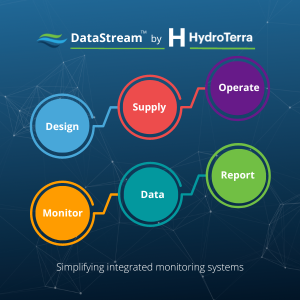
Environmental monitoring is typically scoped based on a specific objective: It may require the measurement of an operational component, like systems performance, or an aspect of compliance, such as the impact on the environment. Usually, the scope is dictated by the organisation’s structure. From our experience, it is rare to have a consolidated repository of monitoring information and measurement data to report on whole-of-site performance. As such, site reporting suffers, and costs are typically far greater than they need to be.
If we view a site more holistically however and have the objective of improving the operational efficiency and reducing the environmental impacts of the entire site, then, in nearly all cases, the monitoring program would evolve in a different way from current practice.
We advocate that the assessment of a site’s various functions be the first step, which will, in turn, determine the key measures for the site’s overall success. The monitoring system can then be designed to measure, store and report the necessary parameters. This includes an overall evaluation of maintenance requirements for the system, ready for implementation.
HydroTerra has an ongoing monitoring role in more than 80 sites across Australia, for a range of industry sectors. Every site is different! However, the process to move to whole-of-site monitoring can be standardised. We have developed a process, called DataStreamTM, to retrospectively design and implement monitoring systems. These systems provide clarity for whole-of-site management using the best available monitoring technology. We passionately believe this is the monitoring process to assist industry with ongoing improvements in performance.
Richard
Unmanned boat resolves tailings dam survey issues
16 March 2023
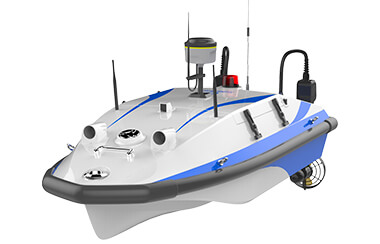
Low-power, low-cost, high-performing handheld DO sensor enters market
16 March 2023
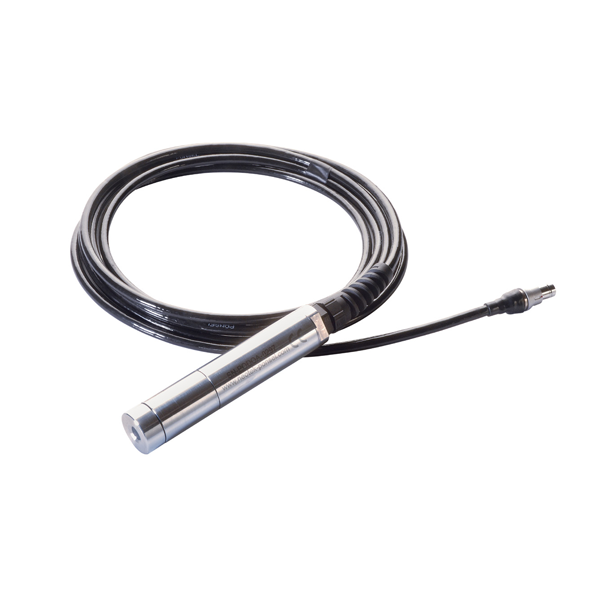
Flat out confused about the right water level meter to use?
16 March 2023Solinst offer three versions of a Flat Tape Water Level Meter, each with unique features and benefits. So, how do you choose the one that’s right for you? Asking a few basic questions will help you make the right choice.
To what depths are you measuring? Simply put, if you are measuring beyond 1000 ft. (300 m), you need a Model 101 P7. As your depths get less, your options become greater.
Do you require extremely accurate measurements? For the greatest accuracy measurements, Solinst recommends using the Model 101 P7. The PVDF tape is accurately laser marked (certified traceable to national standards) and is high in tensile strength, making it non-stretch and ensuring accuracy over the long-term. In addition, the P7 Probe has a zero point closer to the tip; as such, there is almost zero displacement when the probe enters the water.
Are you looking to minimize costs? The Model 101B is very affordable and a robust option given it has fewer components. You may however be limited in length options, the tape markings are less frequent, and there is no on/off/sensitivity dial.
Are you measuring in potentially corrosive/contaminated groundwater? The Model 101 P7 uses PVDF flat tape, which is more chemical and corrosion resistant. It is also less likely to stain and is easy to clean and decontaminate. Therefore, if there is a chance that your flat tape will be exposed to the groundwater, the 101 P7 is the best option.
Will you be measuring in environments with varying conductivities? If so, you will need either a Model 101 P2 or P7 Water Level Meter. These meters have an on/off/sensitivity dial. The sensitivity dial can be turned up or down depending on the conductivity of the groundwater you are measuring.
Do you need to monitor drawdown? The Model 101D Water Level DrawDown Meter has all the same features as the Model 101 P7 Water Level Meter (tape, probe, sensitivity switch, ec.), with the added benefit of a drawdown detection mode.
The main points of difference?
· The Model 101B is very affordable, rugged, and anyone can use it – it’s foolproof
· The Model 101 P2 has been used by industry for years; it’s recognizable and reliable and the probe is very easy to repair
· The Model 101 P7 has a unique feature – the PVDF flat tape and probe seal
Water level meter
Tape
Probe
Model 101 P7 Flat Tape Water Level Meter
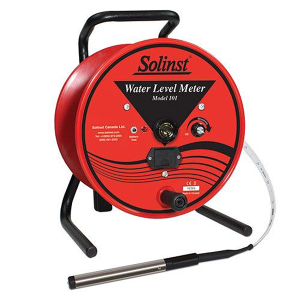
- PVDF jacket
- Laser markings every 1/100ft or mm
- Lengths to 5000ft (1500m)
- 13 strands of stainless steel in each conductor, 6 of those are copper-coated steel
- P7 Probe submersible the full length of the tape
- 5/8″ (16mm) diameter
- 316 stainless steel with Delrin tape seal plug
- quick release probe
Model 101 P2 Flat Tape Water Level Meter
- Polyethylene jacket
- heat embossed markings every 1/100ft or mm
- lengths to 1000ft (300m)
- 7 strands of stainless steel in each conductor
- P2 Probe with shielded tip
- 0.55″ (14mm) diameter
- 316 Stainless steel with Neoprene Heat Shrink seal
Model 101B Flat Tape Water Level Meter
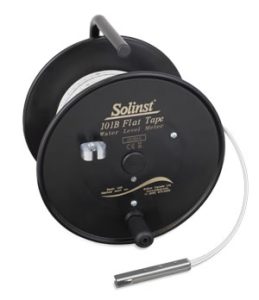
- Polyethylene jacket
- Heat embossed markings each cm
- 30m, 60m, and 100m lengths
- 7 strands of stainless steel in each conductor
- P1 leak-proof Probe
- 5/8″ (16mm) diameter
- 304 stainless steel probe
And here’s one last resource to help you make your choice…A useful video from Solinst: Which Level Measurement Devices are right for your needs?
Calibration-free pH sensors
16 March 2023

Welcome to our new ops manager Troy Thompson
16 March 2023
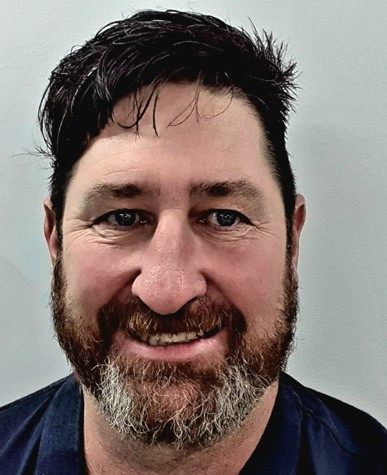
Save the date! ALGA’s ecoforum is back
16 March 2023
The Australian Land & Groundwater Association (ALGA) is excited to announce that ecoforum is back in 2023, held in conjunction with the 8th International Sustainable Remediation Conference from 10 - 13 October. ALGA, with the excellent work of the ecoforum/SustRem 2023 committees and sub-committees, is delighted to present:
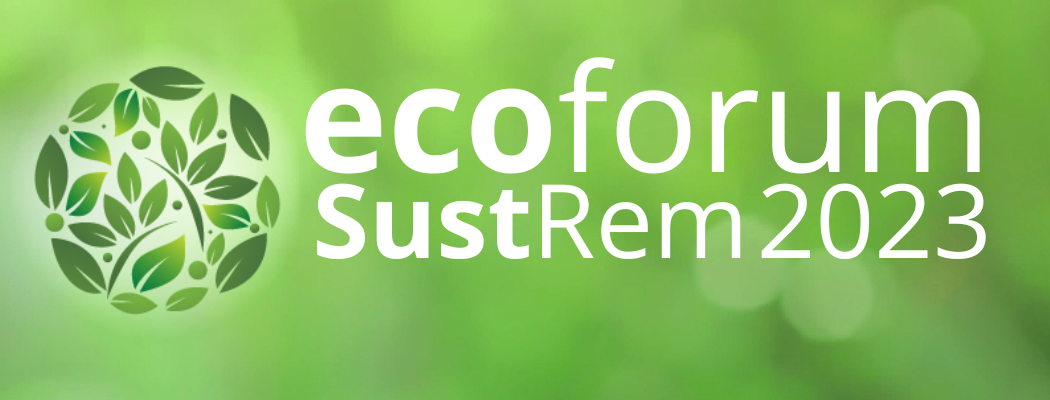
New rental fleet acquisition!
16 March 2023

Click. Click. ZOOM!
16 March 2023

Influential women lead HydroTerra Webinar Series!
16 March 2023
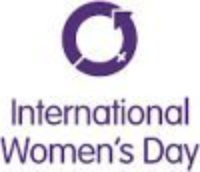
First steps in soft plastics initiative
16 March 2023
